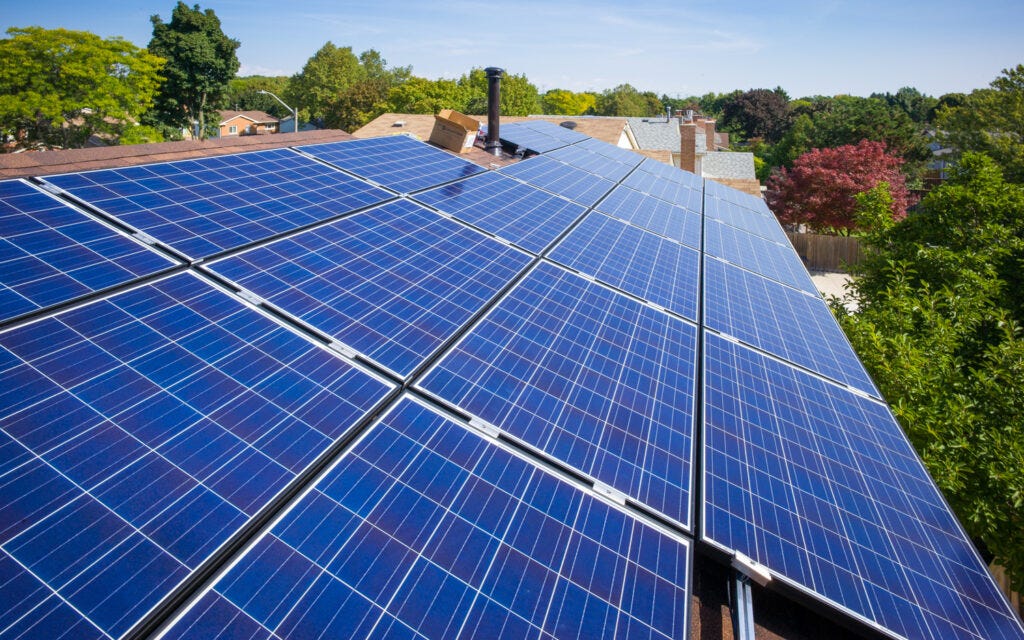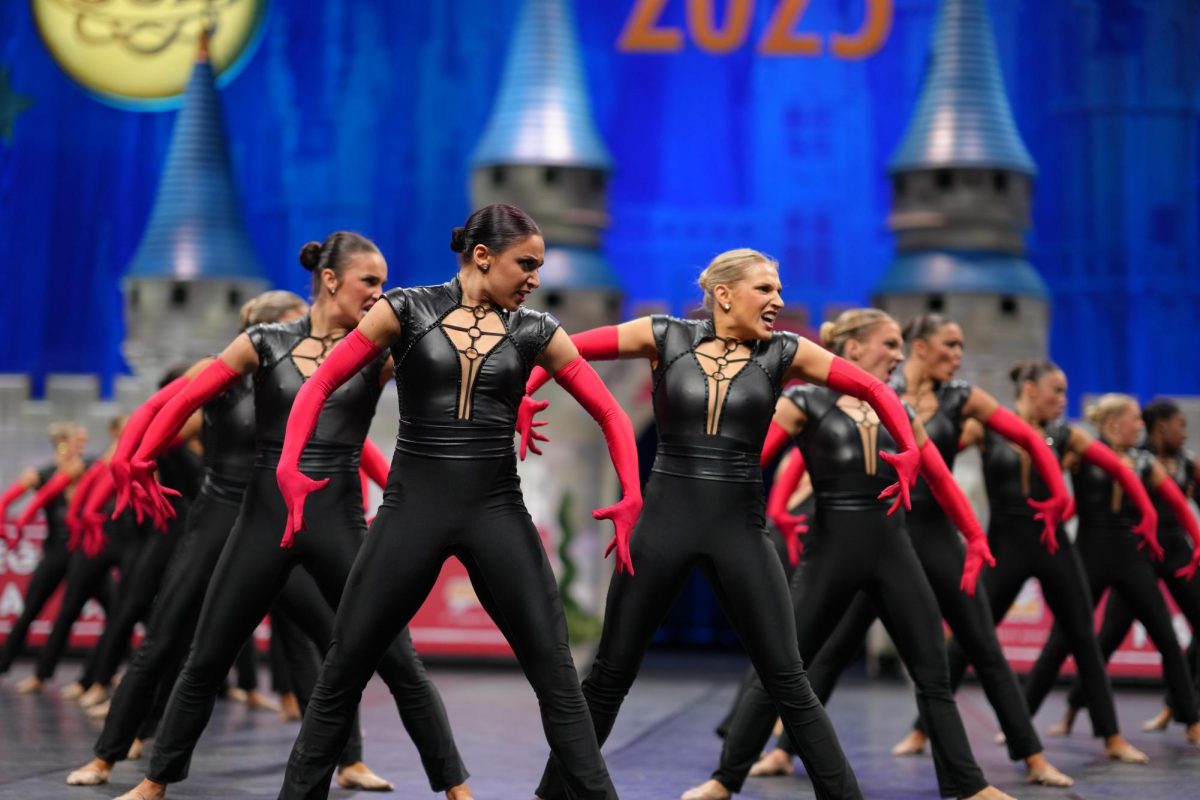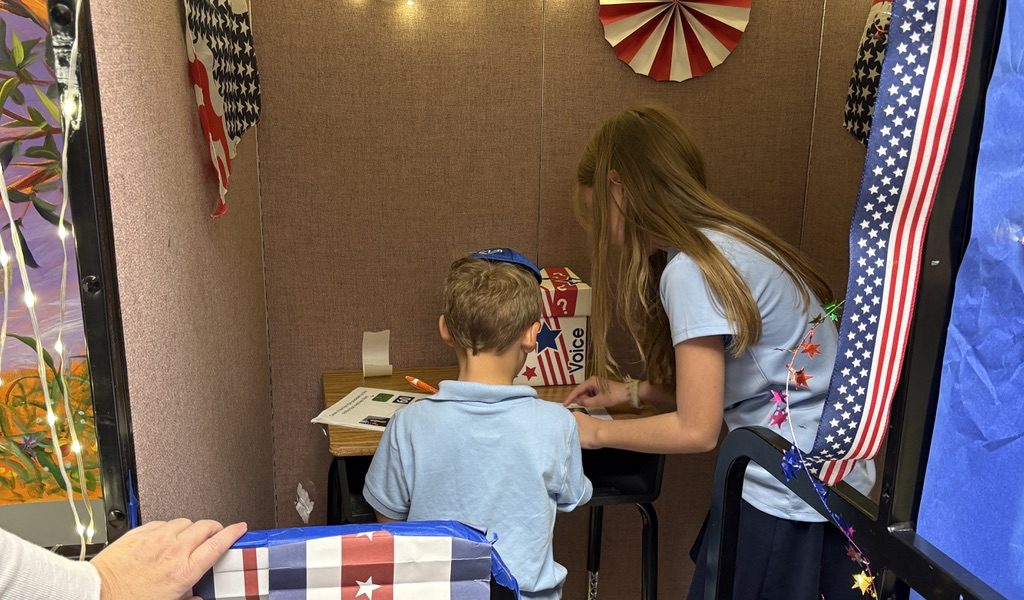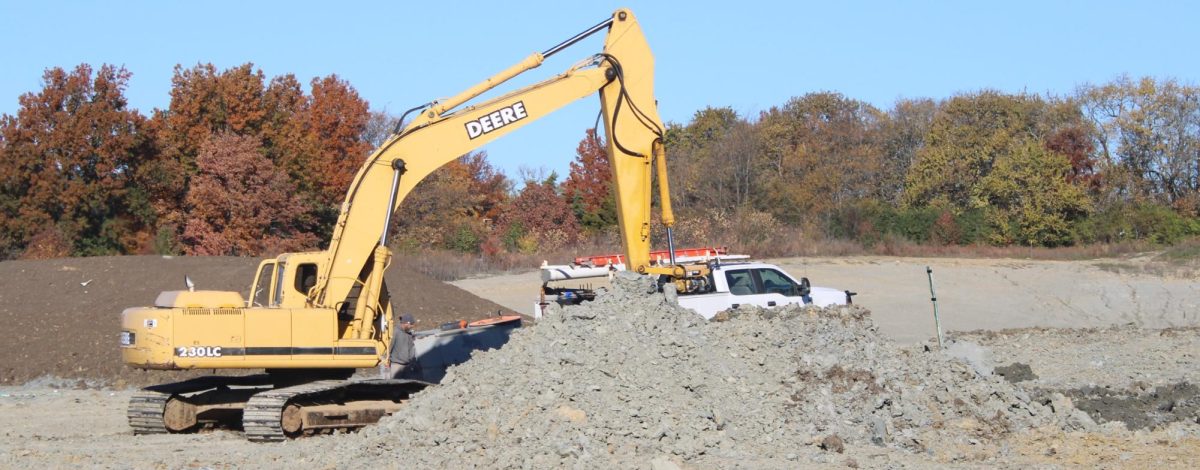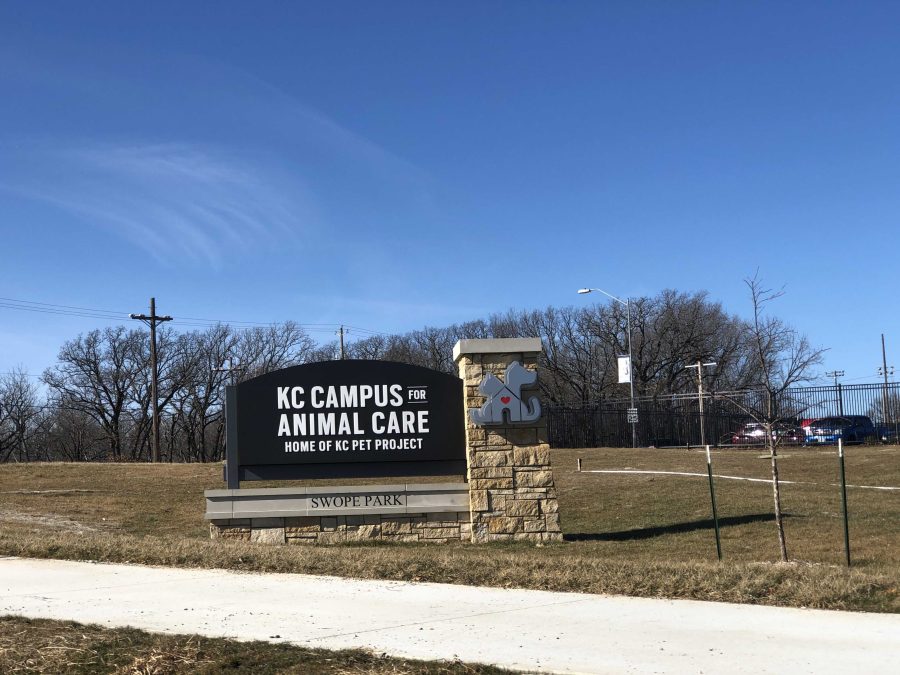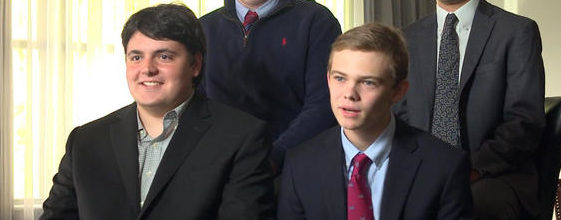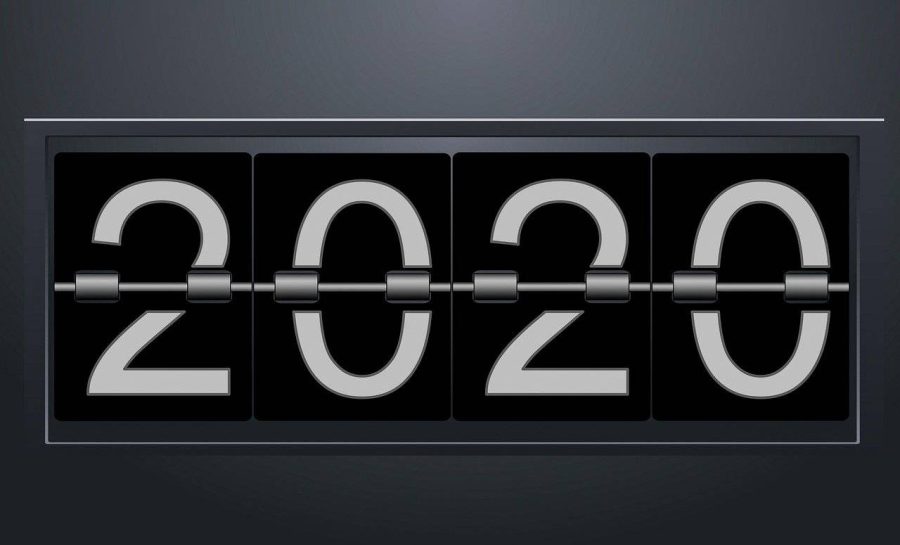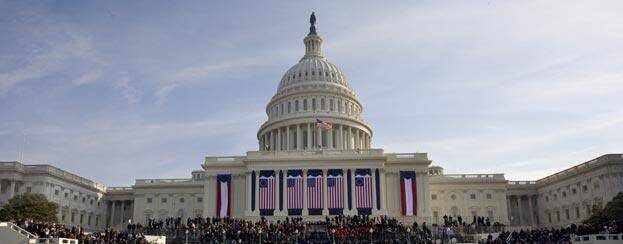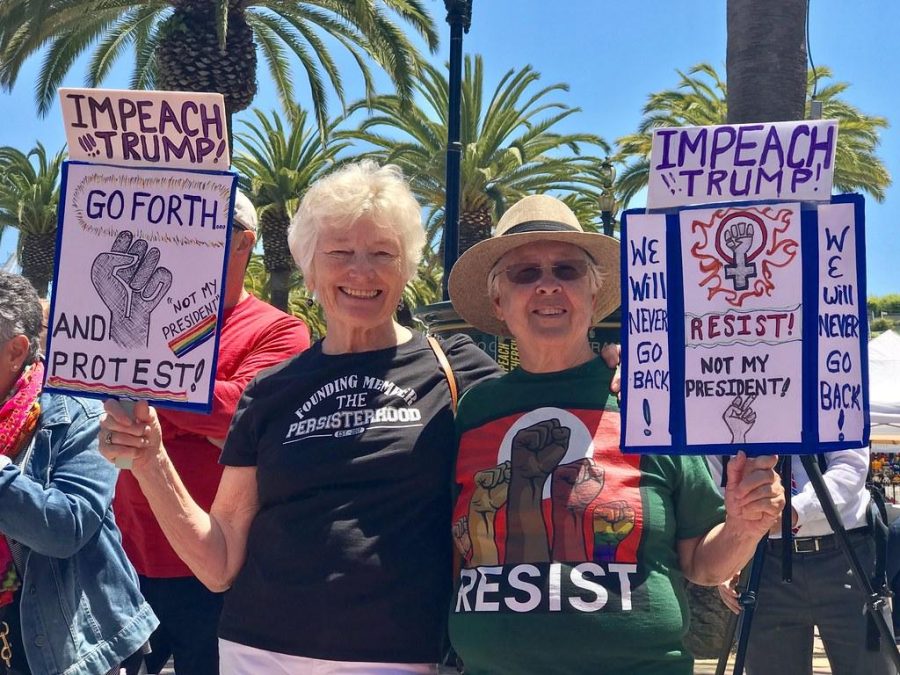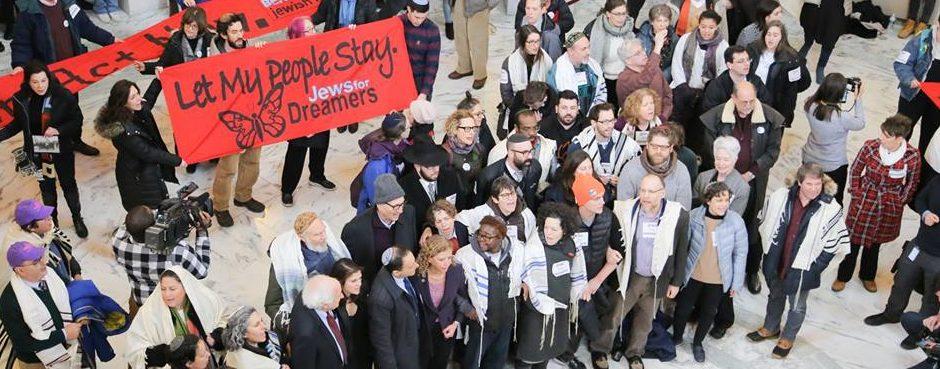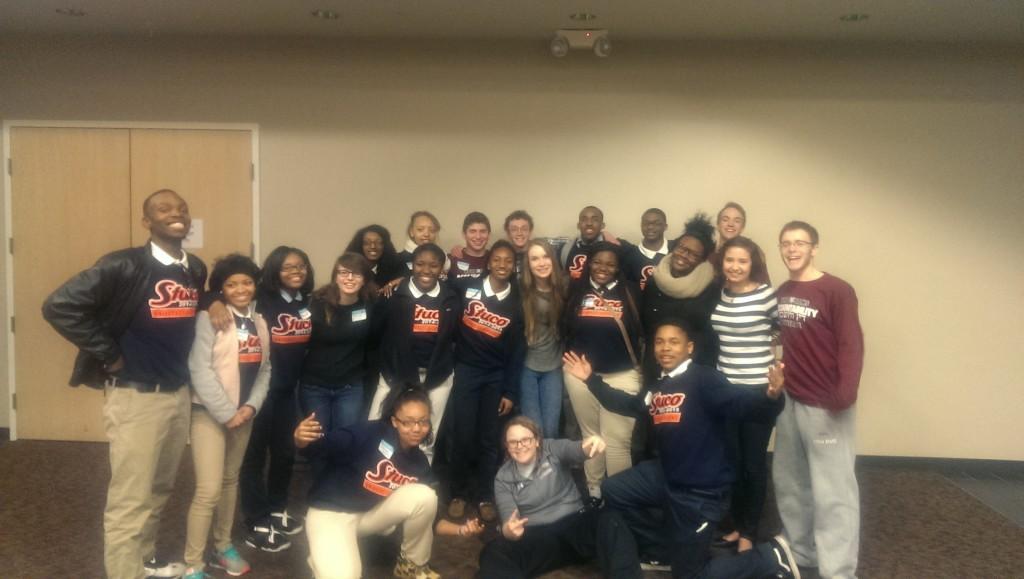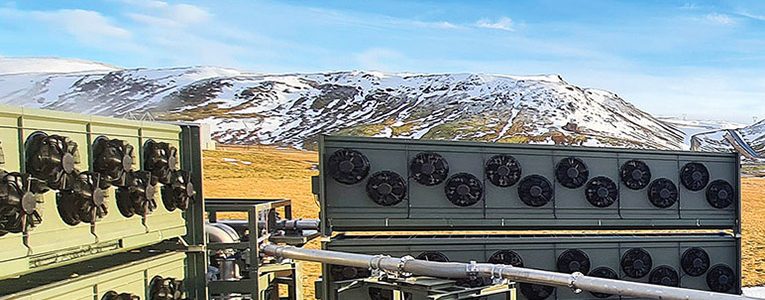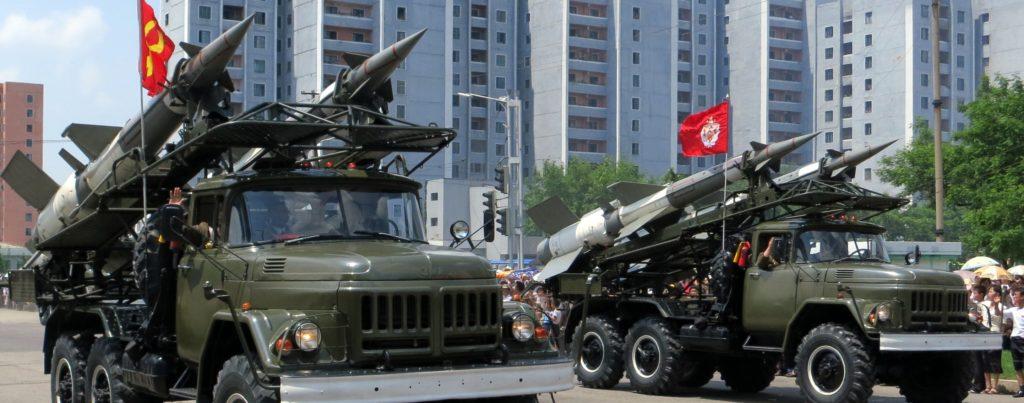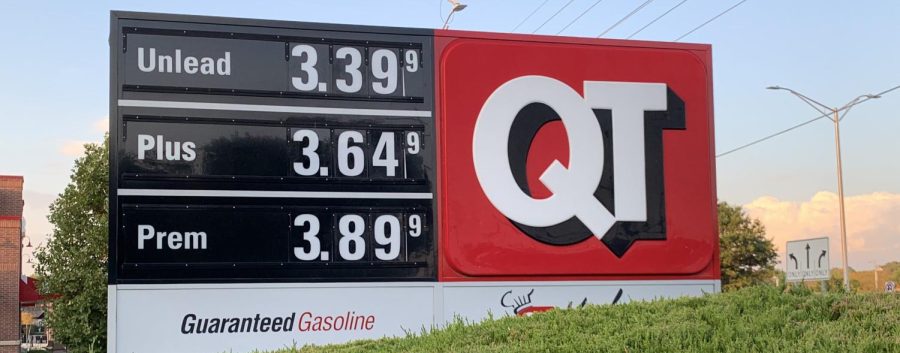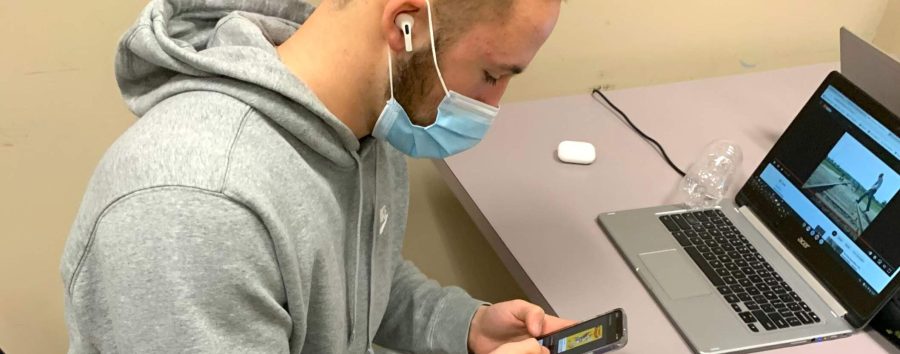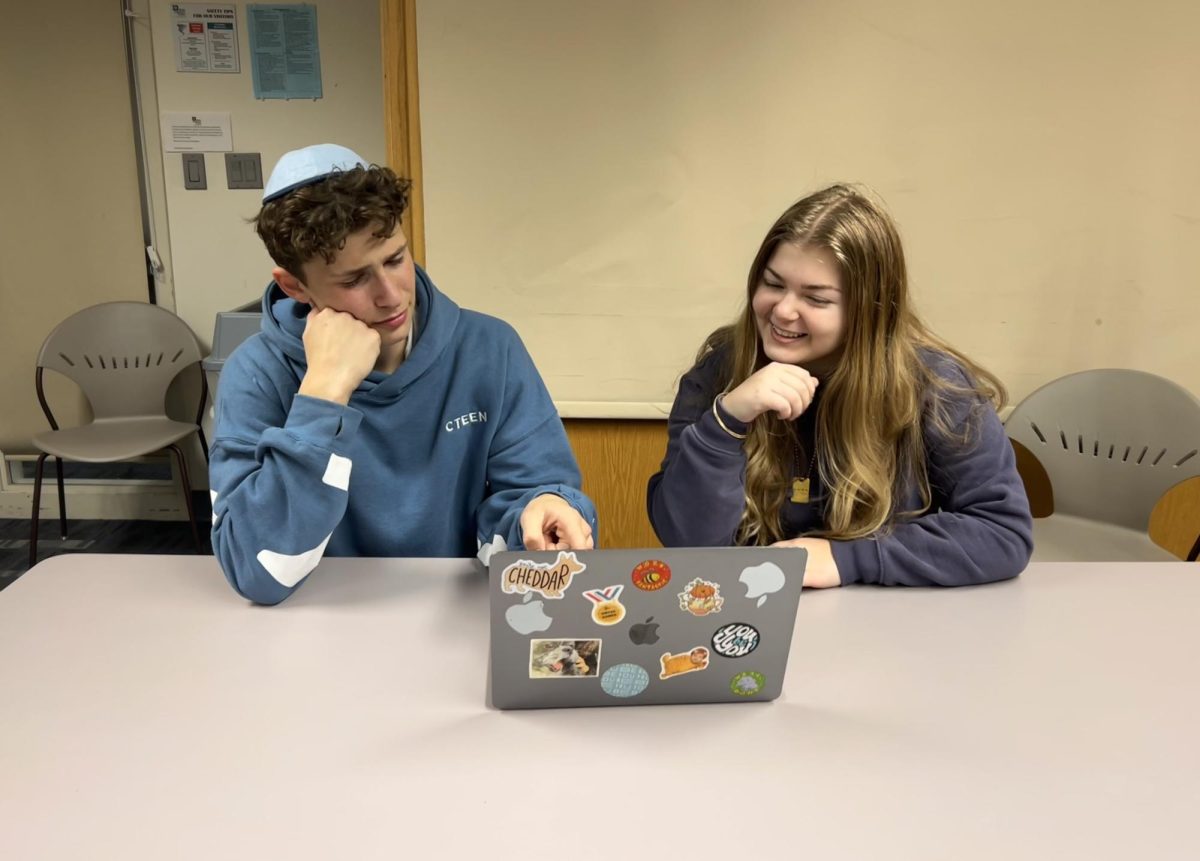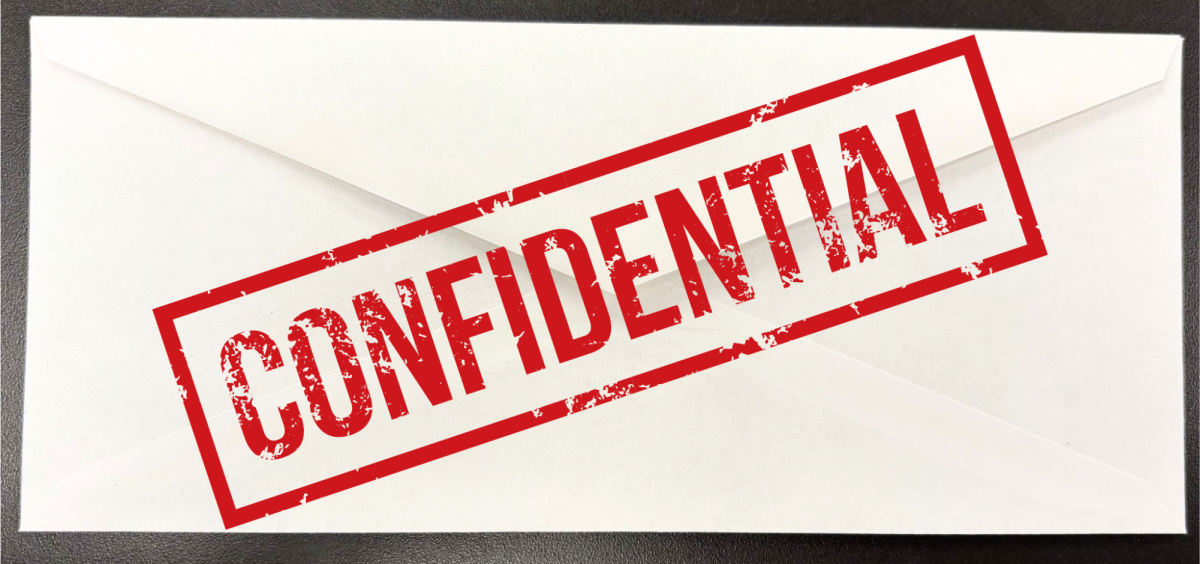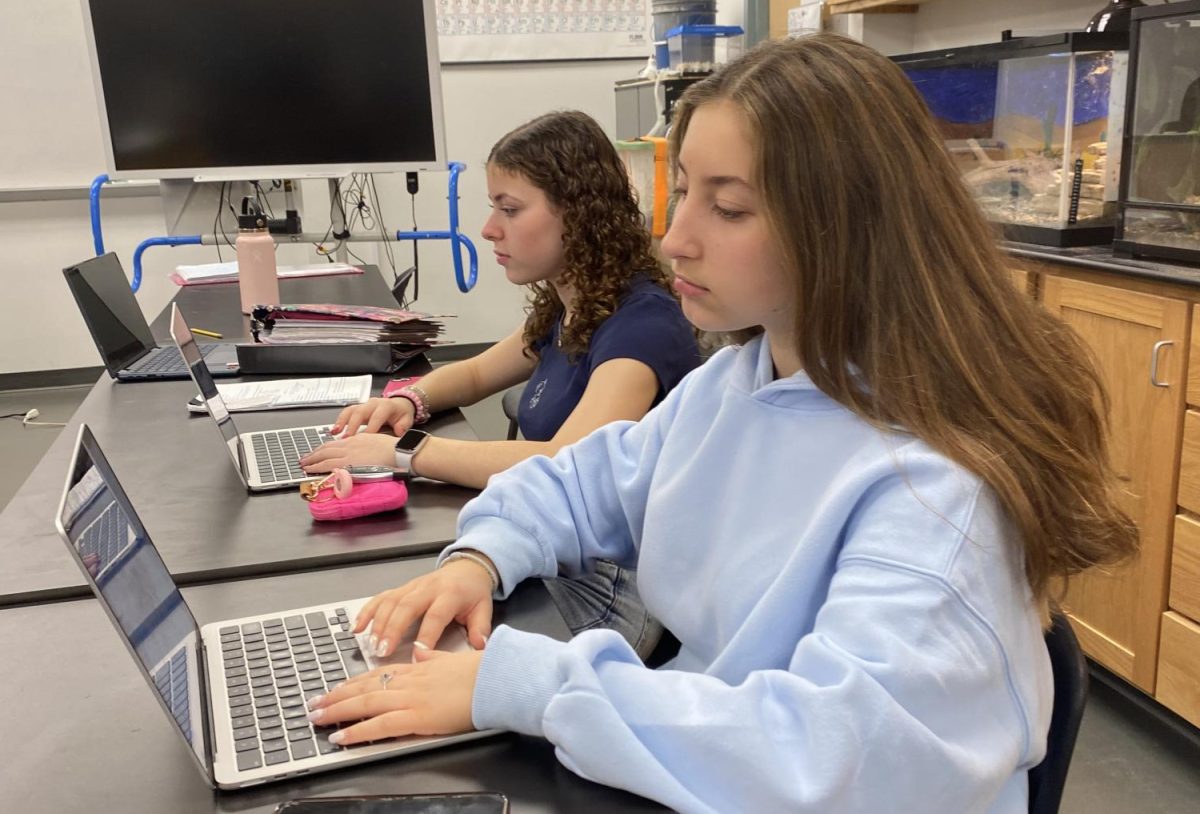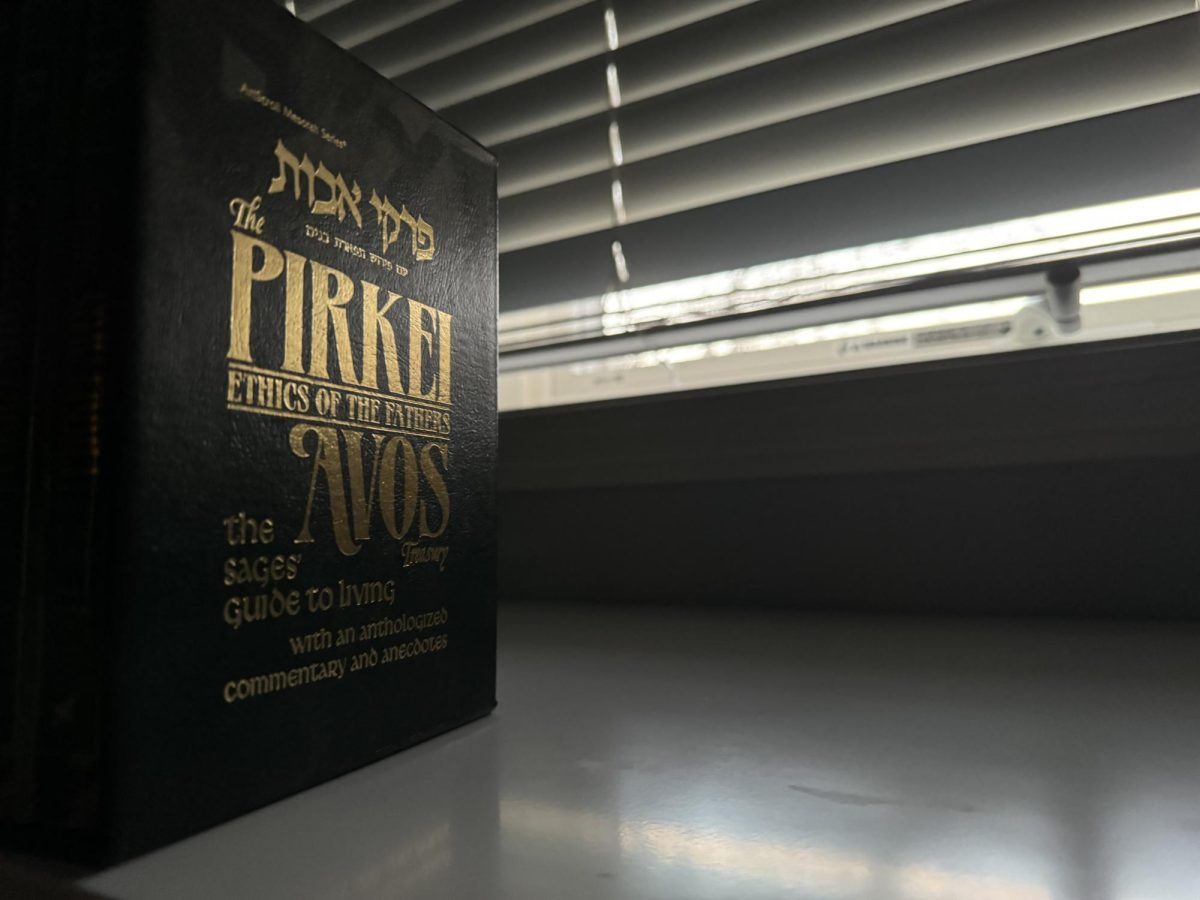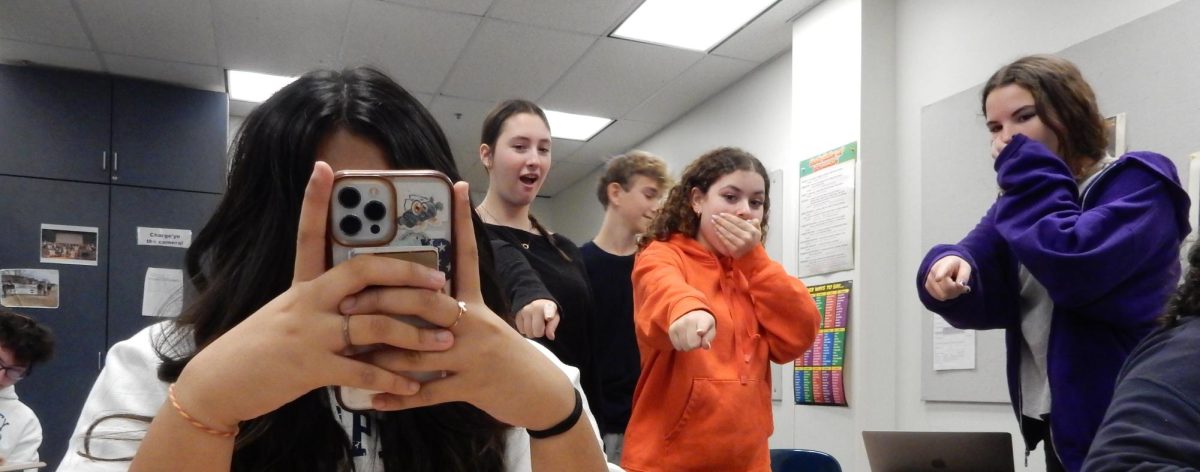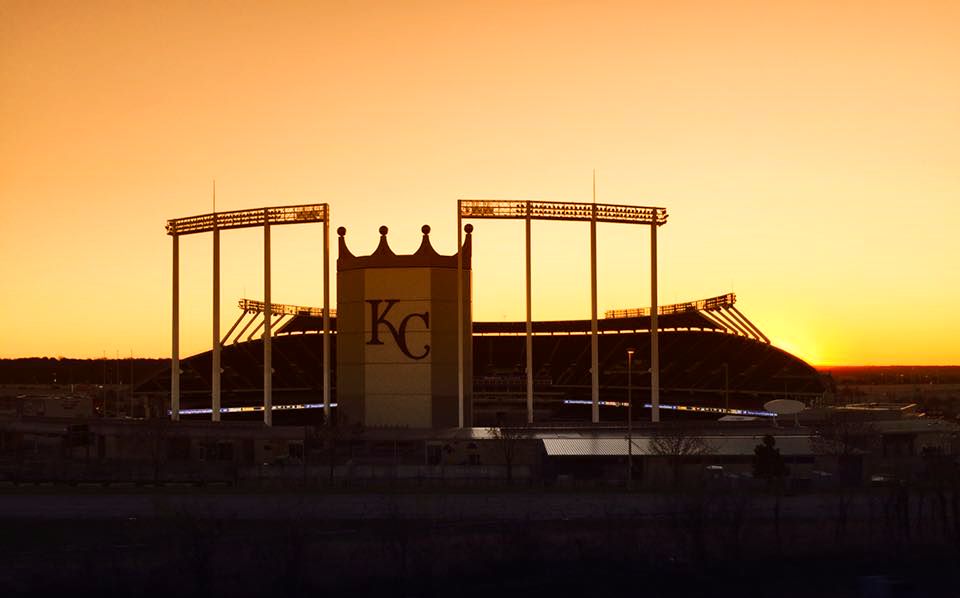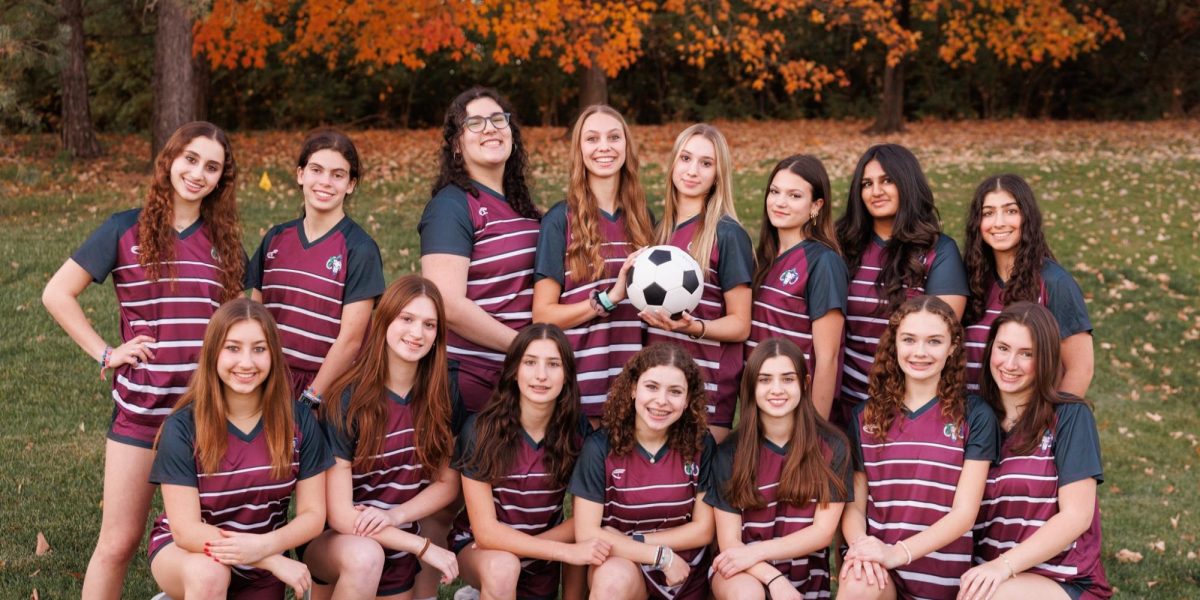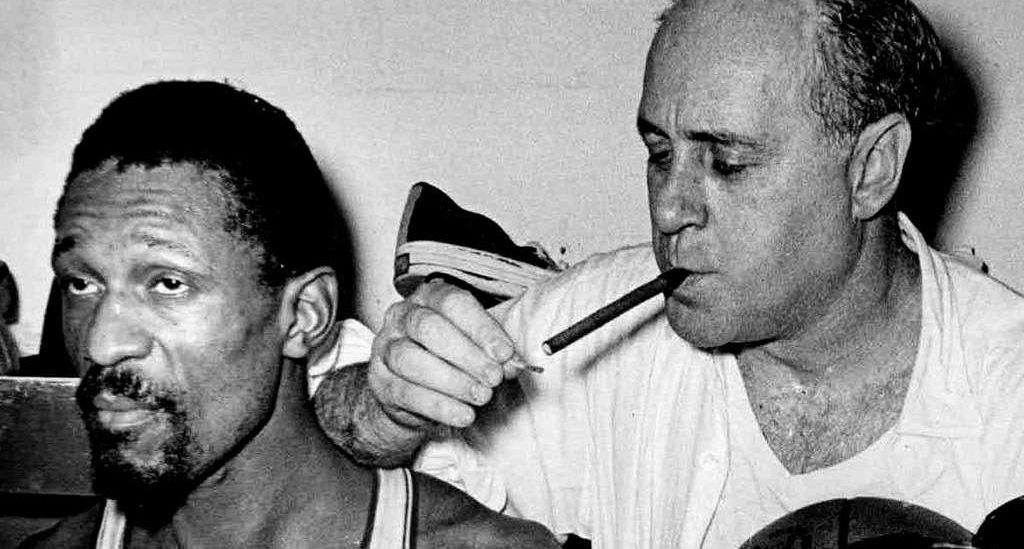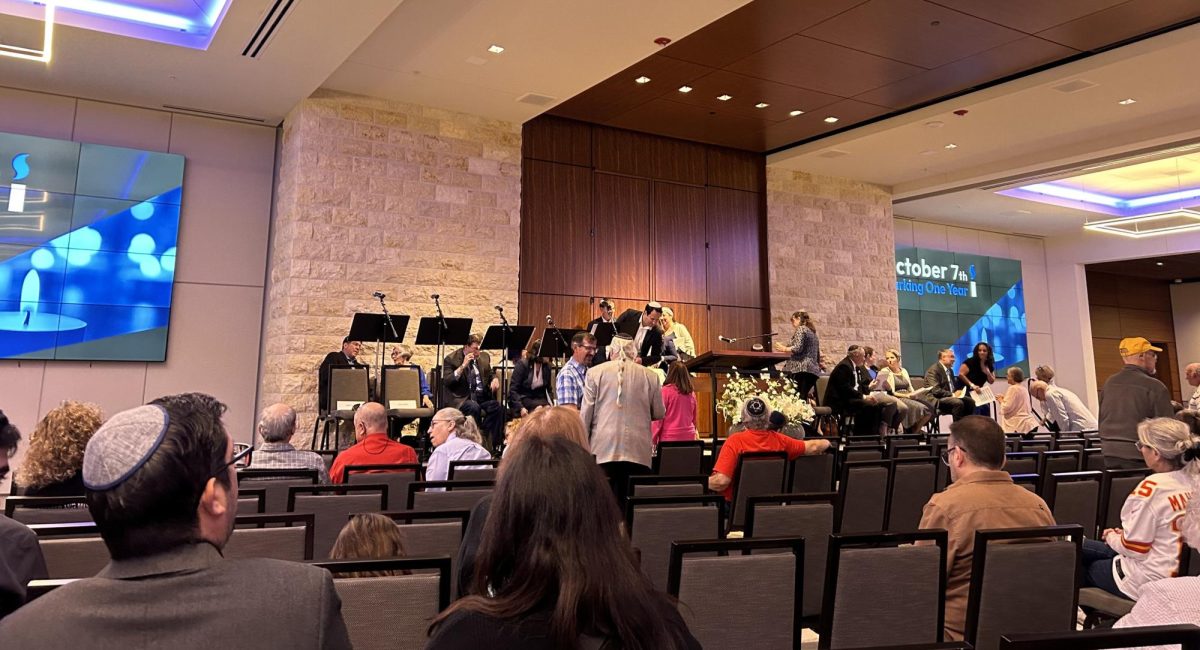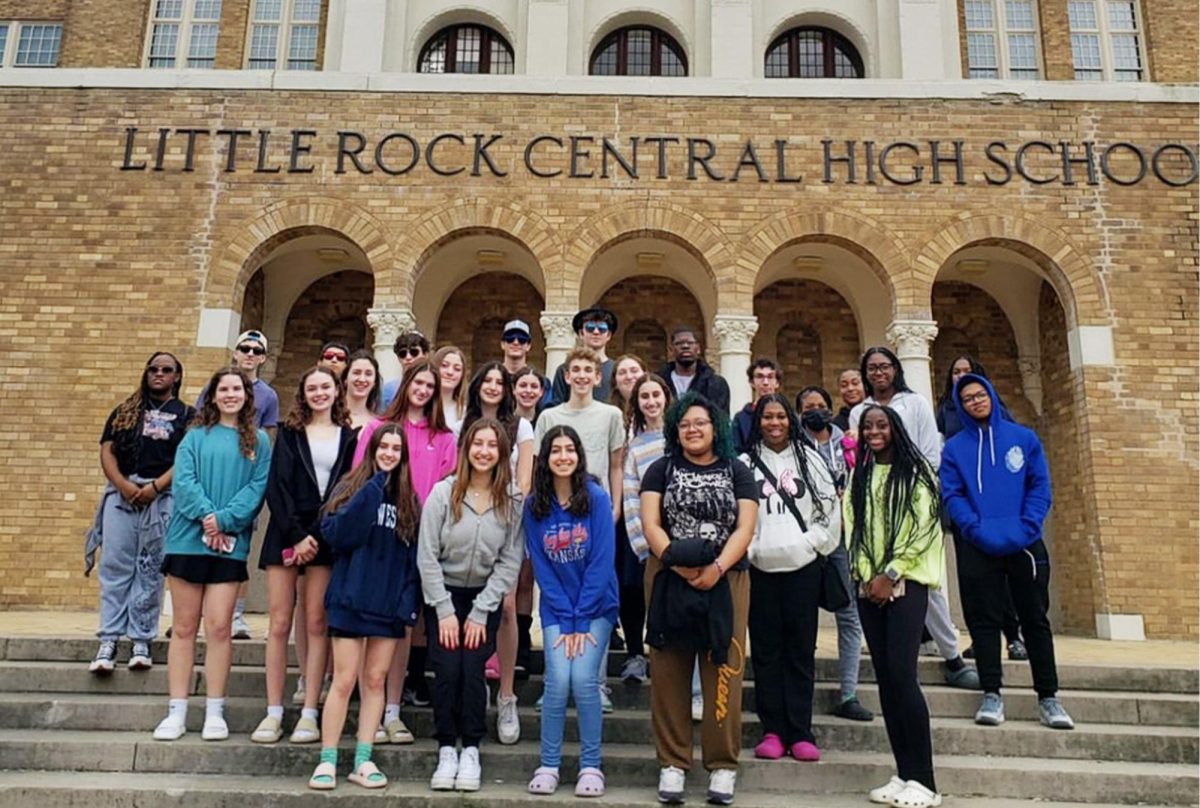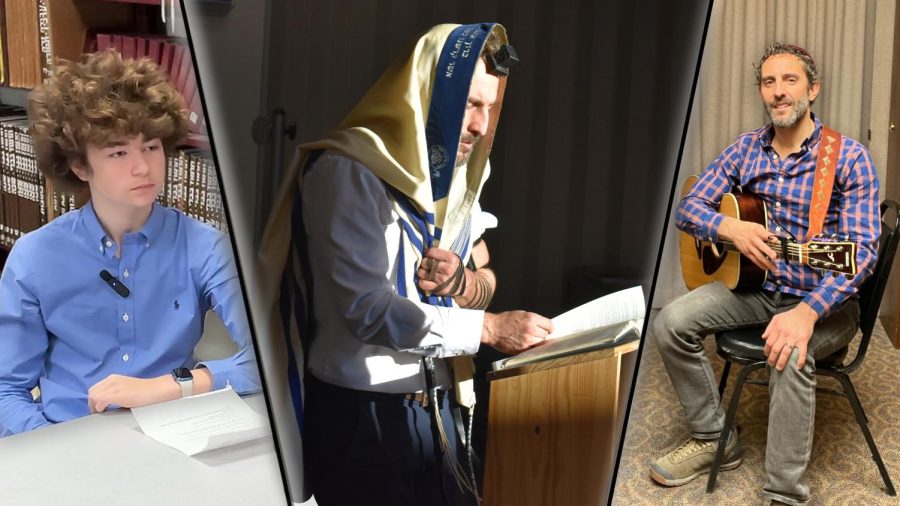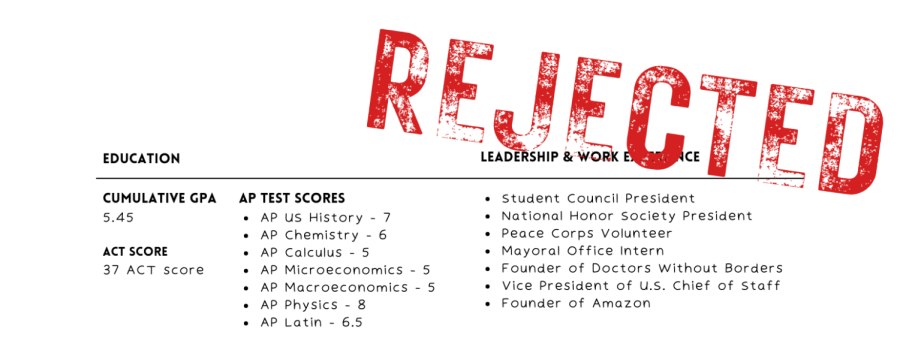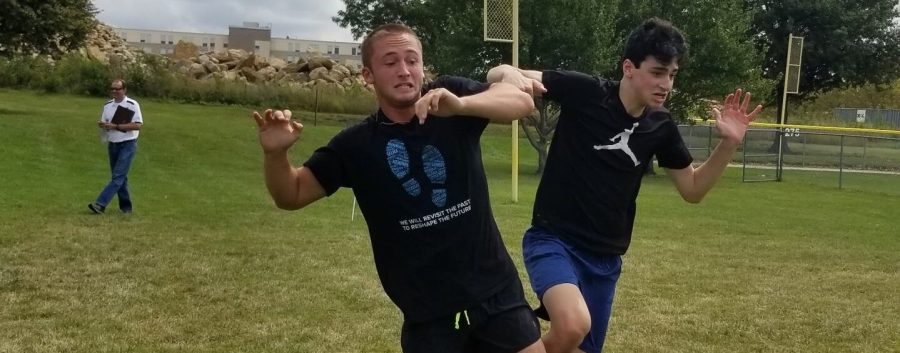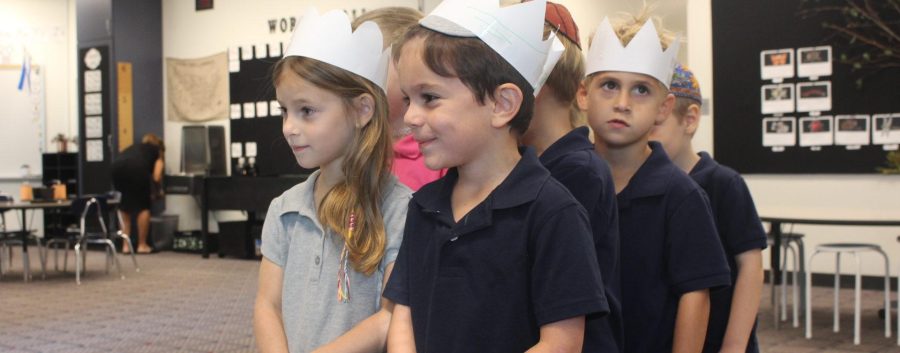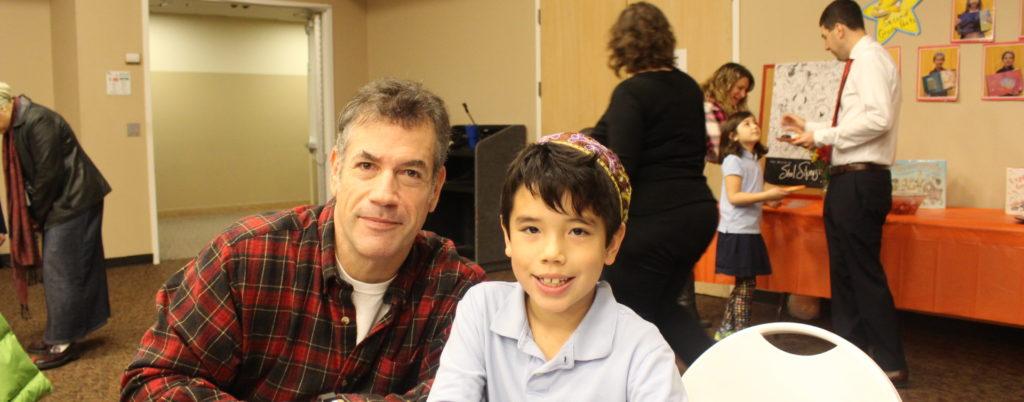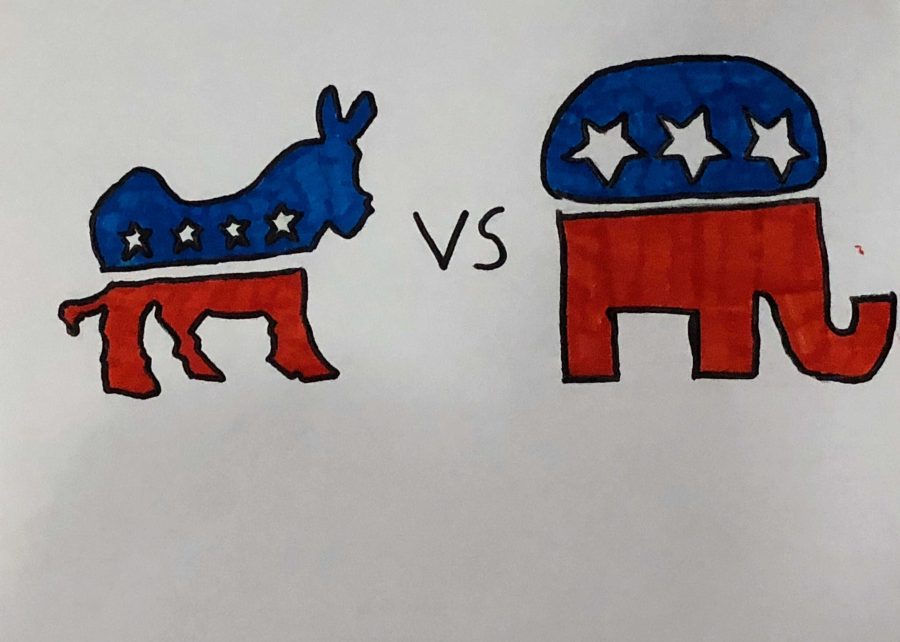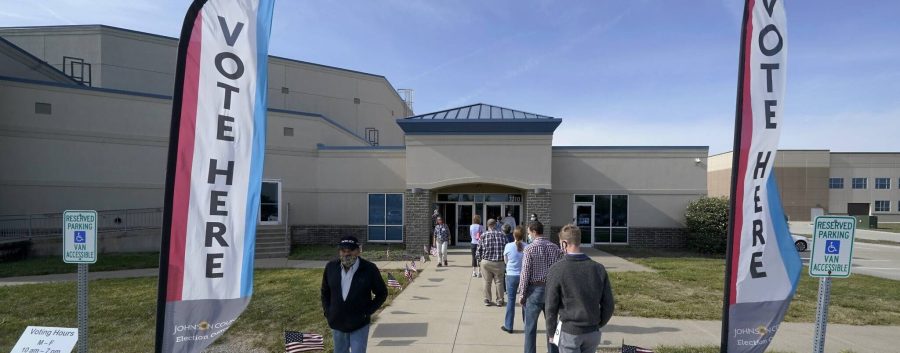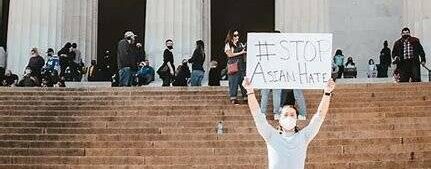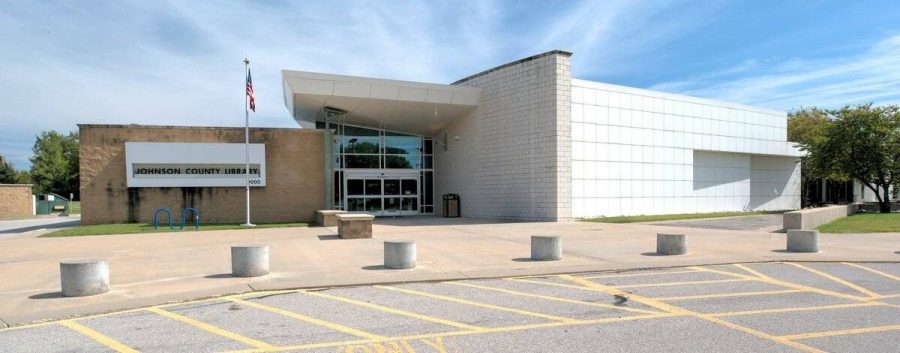Slider image by Tyler Johnson
This November, Americans will once again head to the polls to vote for the nation’s 46th president. However, the presidential election process is not as simple as some people believe. There are qualifications that a potential presidential candidate must meet before they can declare their candidacy. If they meet these qualifications, then they must go through the four step process of the election to win the office of the presidency.
Qualifications – Before a presidential candidate can declare their candidacy, they must meet the Constitution’s requirements as stated in Article I Section II. A candidate must be a natural born citizen of the US, a resident of at least 14 years, and at least 35 years old.
Step One: Primaries and Caucuses – Before the summer of the general election, a national convention is held where parties will choose the candidates that will run against each other in the general election. Before the convention is held, the candidates for each party are usually known because each state has their own selection process. These are known as primaries and caucuses.
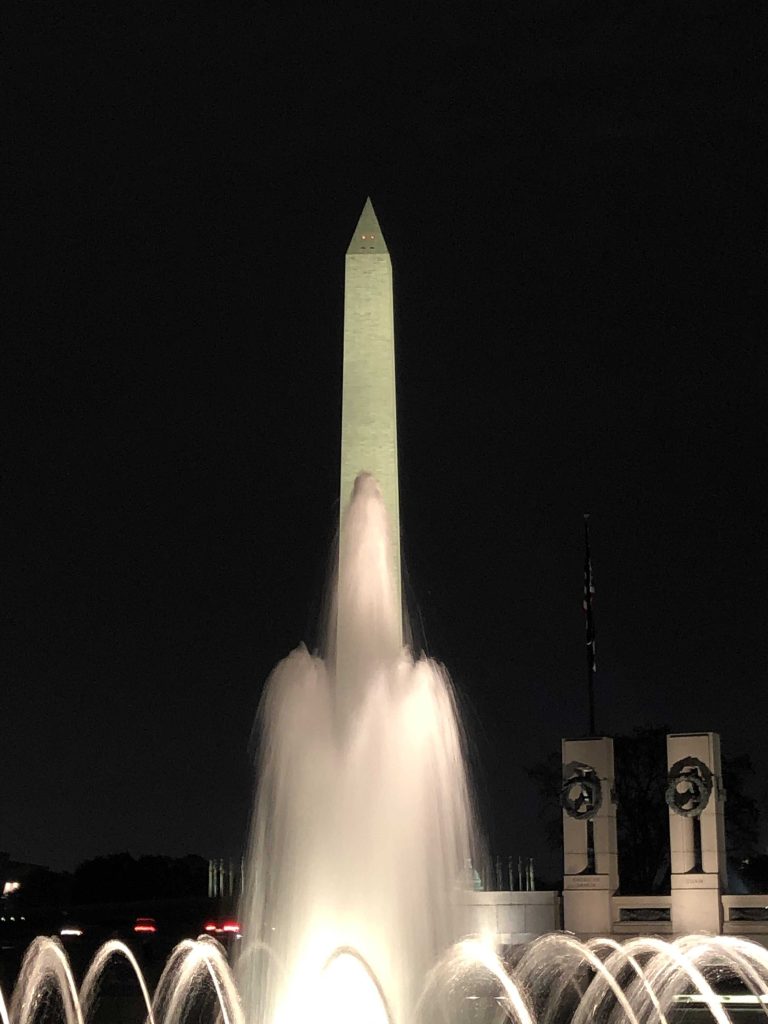
Primaries are held within a party to vote for which candidate a party wants to receive the nomination. In state-run elections, each voter votes within their own party to earn delegates for that candidate. The candidate with the most delegates will serve as the candidate for that party. Except for states with early voting and mail-in ballots, primaries all happen in one day, and exit poll results as well as final results are received quickly.
A caucus is a group of people that gather at different events within the states to determine the delegates that they are going to send to the national convention, and who they are going to vote for. Caucus events start in small groups in precincts then proceed to county, and the numbers are tallied by district, and then at the state level, where delegates are awarded. The caucus process is cumbersome and time-consuming, and many state-level parties are moving away from this method. For example, just this year and even before the covid pandemic and social distancing, the Kansas democratic party has moved away from the in-person caucus to an all mail-in primary voting system.
One of the most important caucuses is the Iowa caucus and one of the most important primaries is the New Hampshire primary. Because they are the earliest held caucus and primary, their results can greatly influence who stays in the running and who drops out. Whoever emerges as a winner can be a potential front runner for their respective party, whereas candidates who get very few votes might leave the race early on.
Step Two: National Conventions – The purpose of the conventions is for each party to select their nominee for the presidency. The primary election season leading up to a convention usually shows who the nominee is going to be. In the event that a single candidate does not emerge, a brokered convention is held. A brokered convention is when a candidate is selected through a series of ballots and negotiating between candidates and party leaders. However, a brokered convention bodes ill for that party’s success in November, and it is avoided at all costs.
Step Three: General Election – Once the presidential candidates have received their party’s nomination, they begin to campaign throughout the country. Candidates attend rallies and take part in debates to win over the support of voters. They also take this opportunity to explain their plans for the presidency. On the Tuesday after the first Monday in November (either November 2nd or 8th), voters head to the polls and vote for one president and one vice president. When people cast their votes however, they are actually voting for electors in the Electoral College.
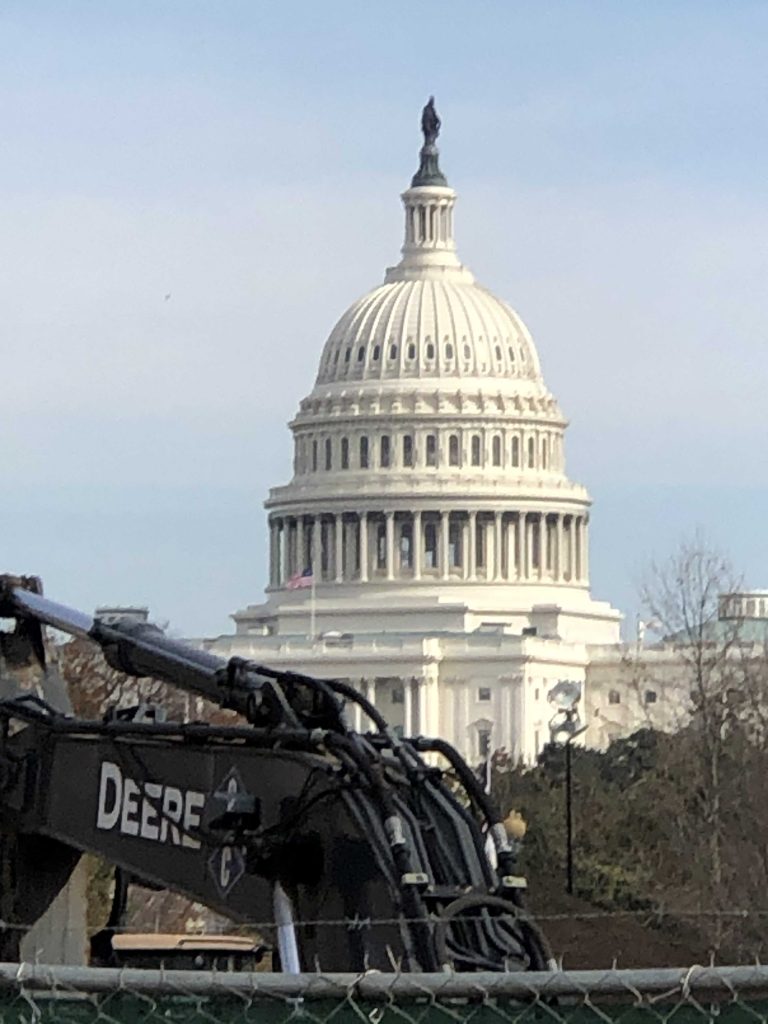
Step Four: The Electoral College – Created in the Constitution in Article II Section I, and refined by the 12th Amendment, the Electoral College is perhaps one of the most confusing aspects of the U.S. presidential election. It is not a place but rather a process. In order to win the presidency, a candidate must win 270 electors, a simple majority of the 538 electors which make up the Electoral College. Each state has its own set of electors whose voting choices are governed by the laws of that state. The number of electors each state has is equal to its number of congressmen plus its two senators (in the case of D.C., it gets three electors since 1960 and Twenty-third Amendment): States with large populations like California (55 electors) are powerful in presidential elections, and states with small populations, like Delaware (3 electors) have much less sway in those contests..
Most states, with the exception of Nebraska and Maine, have a winner take all system. This means that if a candidate gets the majority of a state’s votes, they win all of that state’s electors. In Nebraska and Maine, voting is done by congressional district, as well as an at-large vote that is decided on a winner take all basis. Once a candidate wins a state, the electors usually go to the state’s capital and decide who they will pledge their votes for in December, after the actual election in November. If no candidate can secure 270 electors, then the decision goes to the House. The representatives of each state will vote together, and each state will only get one vote. The winner is usually announced on the night of the general election.
Finally, Inauguration Day takes place on January 20 at the US Capitol building in D.C. The vice president is sworn in first, then the president. Both officially become vice president and president after reciting the oath of office.

